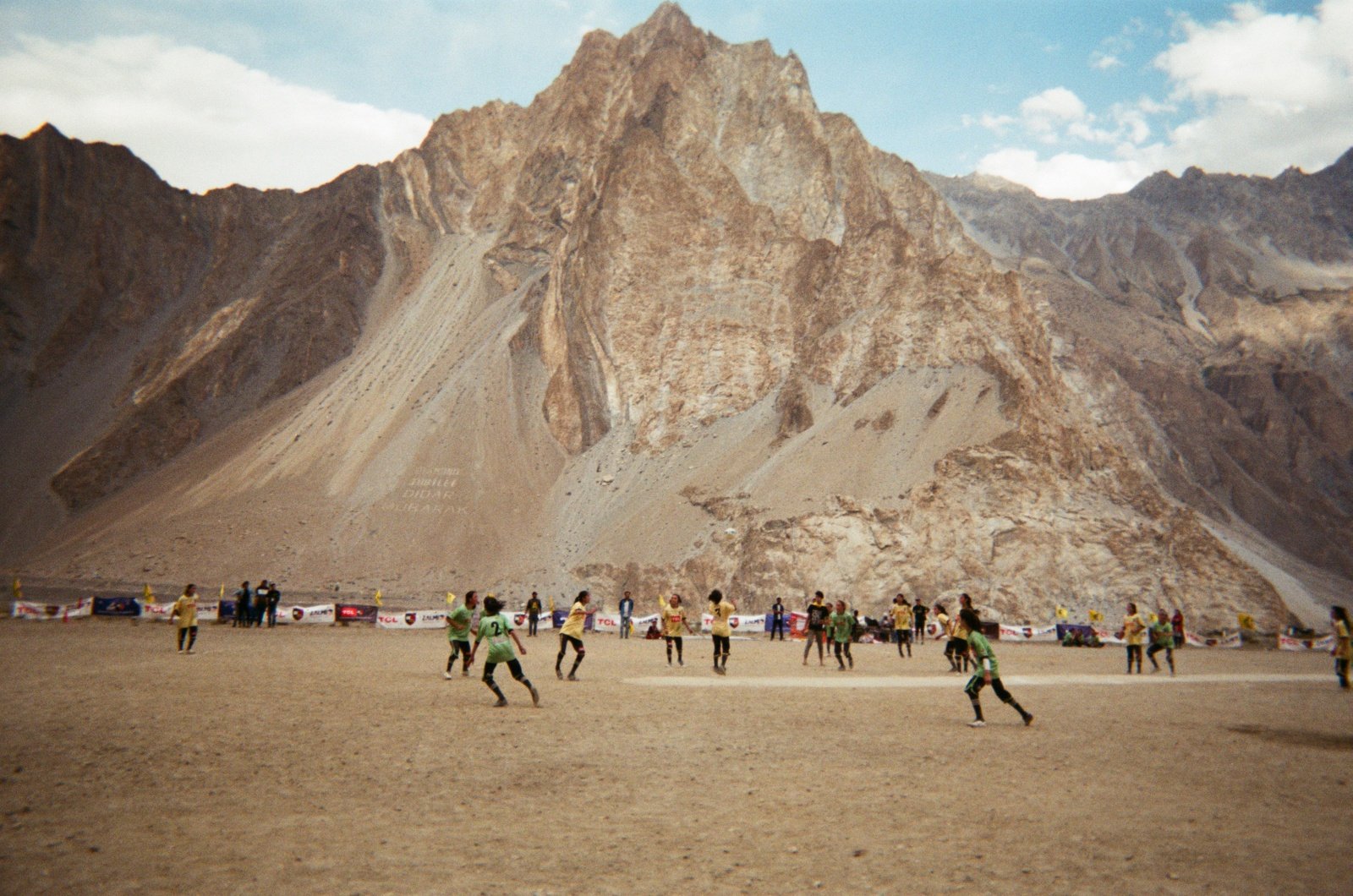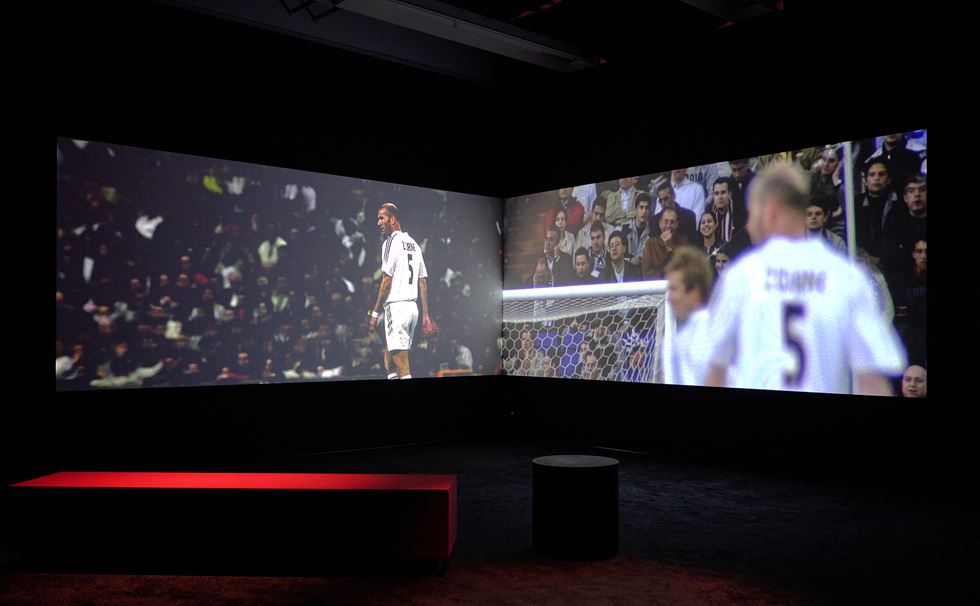The exhibition Football: Designing the Beautiful Game, which takes place until 22nd August in the Design Museum in London is the first exhibition dedicated to the popular sport’s design. „The exhibition highlights the part the designers, architects and fans played in football’s history, from the performances on the field to the atmosphere in the stands. It is a story of design that stands behind the most popular sport in the world“ says the curator Eleanor Watson.
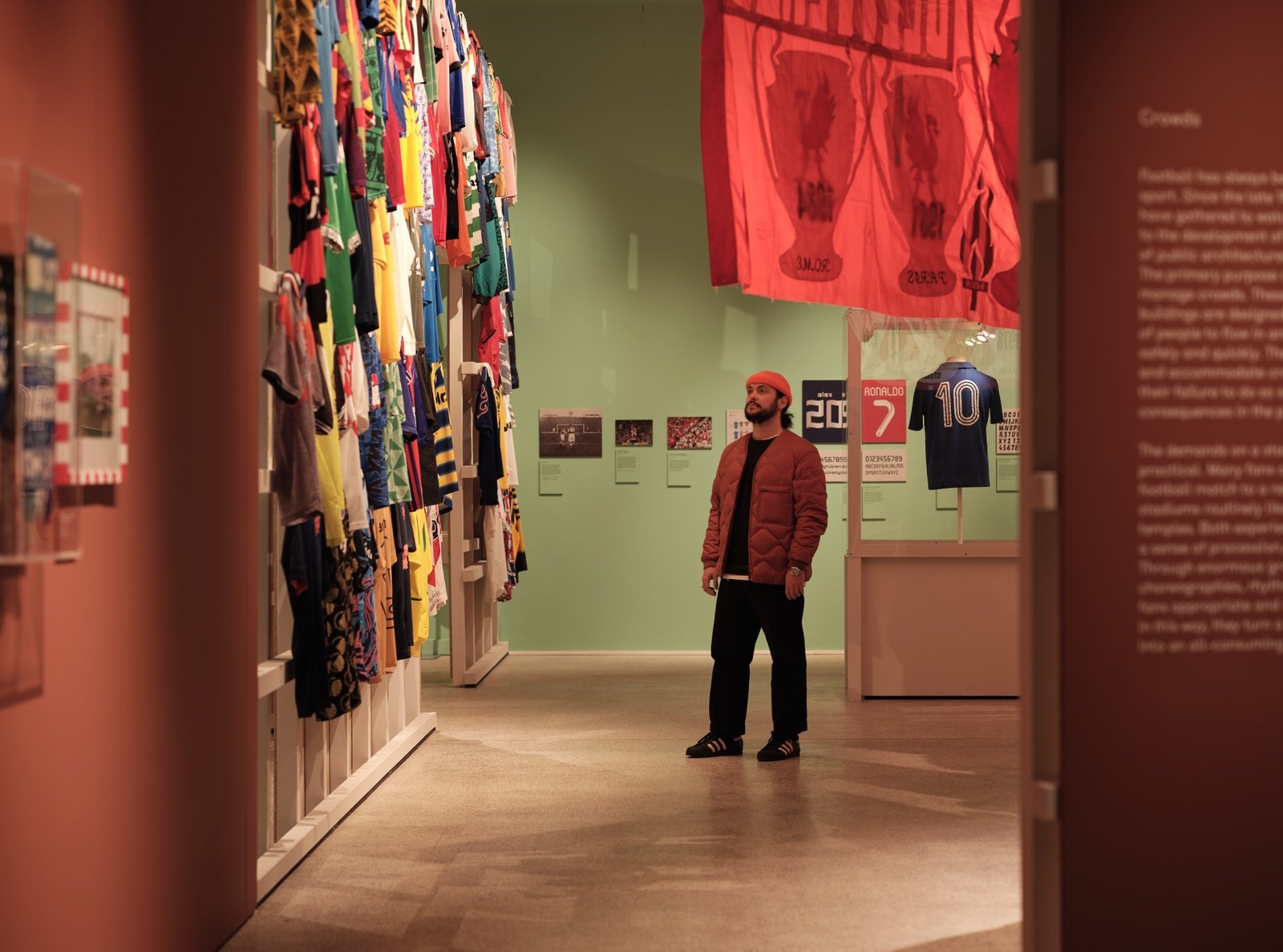
The exhibition laying tribute to the cultural importance of football was organised by the London museum in collaboration with the National Football Museum in Manchester in connection to the 2022 World Championship. Through over five hundred objects, short films and interviews, the exhibit presents ways in which football advanced human creativity. It also highlights how design opened the doors to innovations within the sport. The exposition tries to present a wider view of everyone who has made football what it is today. It isn’t opposed to criticism either, introducing initiatives standing against the sport’s commercialisation.
The exhibition visitors get to feel like they’re at the stadium
You will be able to see historical pieces as well as contemporary innovative sporting equipment, and also plans and models of the most renowned football stadiums. The exhibition presents visuals of individual noteworthy football clubs and their use in a wide range of objects that are often purchased by fans. The visitors will find objects connected to football legends, such as Diego Maradona, Pelé, Lionel Messi, Zinedine Zidane, Roberto Baggio, George Best, Michelle Akers, Xavier Hernández Creus, Pernille Harder and Geoff Hurst.
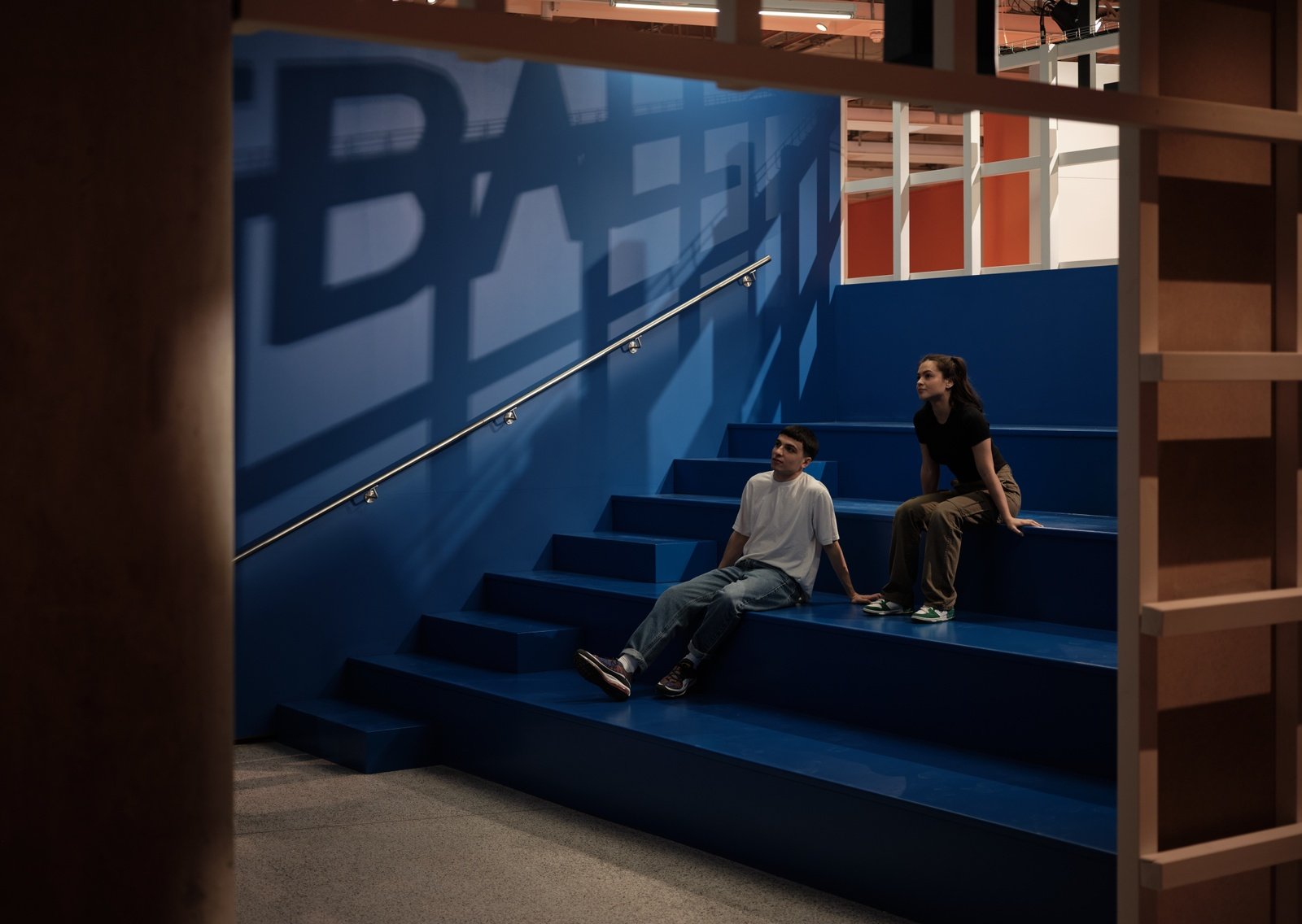
The audience is drawn into the installation by the layout using universally known elements of the stadium architecture - from tunnels, through which the players arrive on the field, to tribunes. The entire exhibit is accompanied by a soundtrack by Coda to Coda music studio containing recordings of players’ and football fans’ voices.
The exhibition guides us from athletic performance to fandom and back to the game
The exhibit is split into five sections dedicated to performance in football, identity, crowds of fans, spectacle and entertainment provided by football, and finally the game itself.
The visitor’s path through the exhibit begins with football equipment design which allows the game to be played at higher and higher levels. We can see the evolution of football boots and balls in the past 150 years and learn about the innovations brought into the field by designers and companies. We will find out about the development of lighter boots or aerodynamic balls as well as the pitch itself. This part of the exhibition presents many historical artefacts, such as two footballs used in the World Cup finals in 1930 or George Best’s and Lionel Messi’s boots.
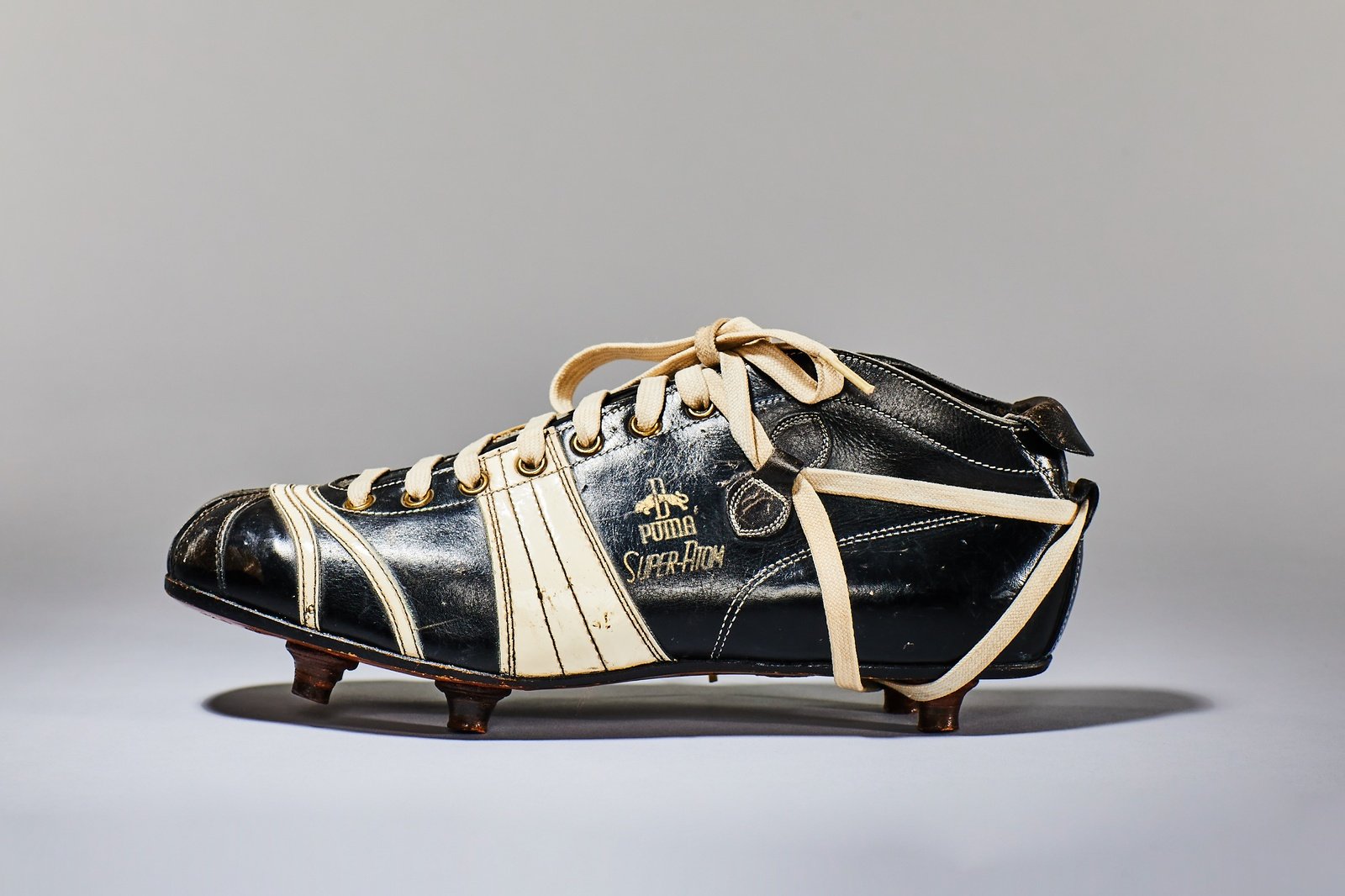
Football connects people across the world, whether as a street game or big club fandom. Its large cultural impact is also presented in the section dedicated to its identity which commemorates important milestones of football history.
It also focuses on the fans and everything they create, collect and identify with in connection to the sport. Included are also posters and jerseys worn by legendary players like Pelé, Zinedine Zidane and Diego Maradona.
A large flag commemorates the 1989 Hillsborough disaster
This part of the exhibit also commemorates the 1989 Hillsboroug catastrophe where 96 fans were killed and a further 700 injured during a human crush incident on one of the tribunes. It was the largest tragedy in the British history of the sport which led to the implementation of wide safety precautions in local stadiums. It even made its way into popular culture, for example in the song Liverpool Revisited by the Welsh band Manic Street Preachers. Included in the exhibition is a large memorial flag dedicated to the tragedy created by one of the survivors, Peter Carney.

An especially impressive part of the exhibit makes the visitor feel like a part of the crowd at a football stadium. They will learn what needs to be paid attention to when designing a sports arena so that the fans can fully enjoy themselves and will get to know renowned stadiums, such as the Wembley Stadium or Stamford Bridge in the UK or the Italian San Siro. The exhibition also introduces projects for future stadiums by leading architecture studios like Zaha Hadid, Herzog & de Meuron, and Populous.
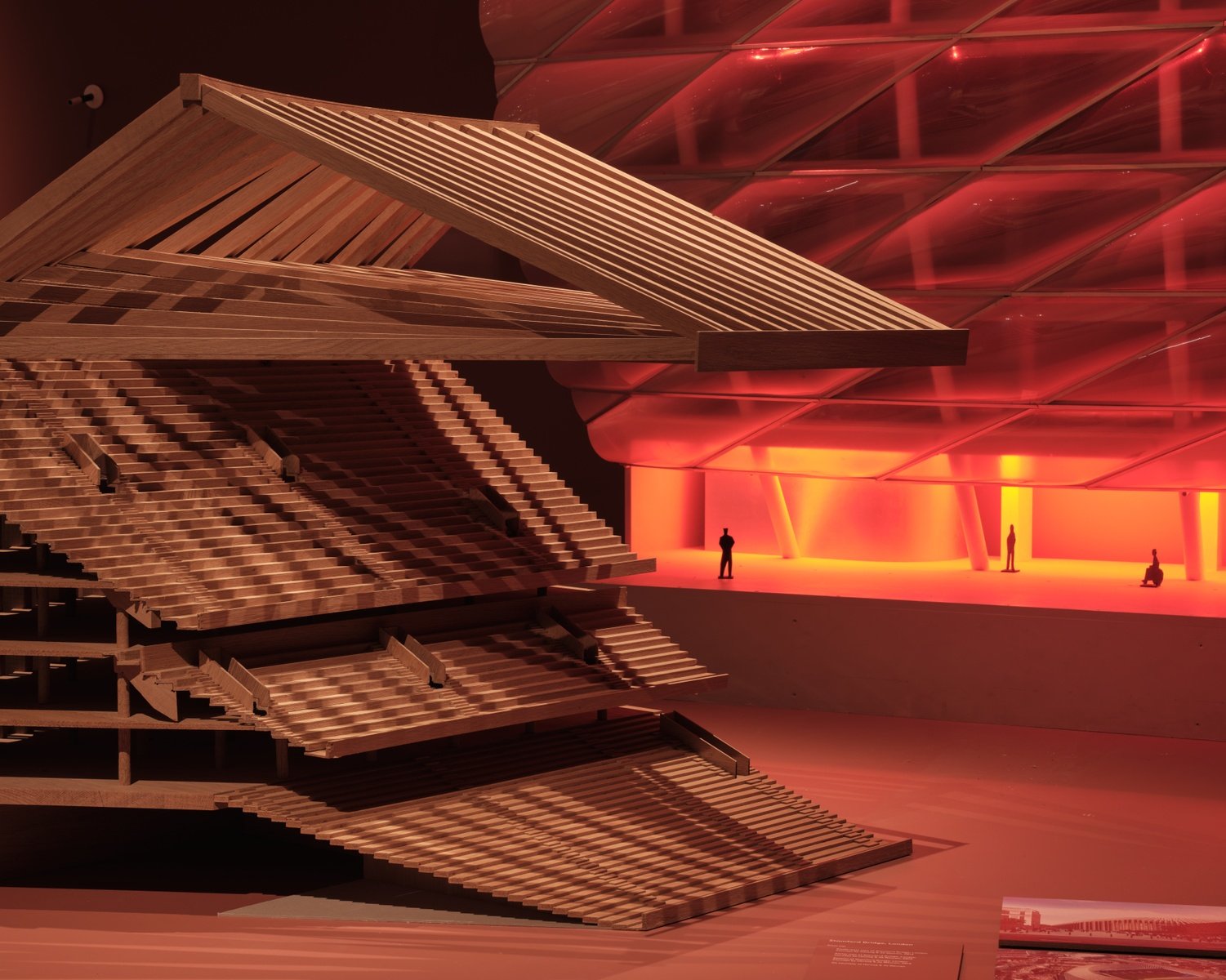
The next section is dedicated to grand tournaments and their presentation in the media. It reveals how the large popularity and media attention influenced football in the past 150 years, which is the same length as the UK Football Association’s existence. In this part, the visitors can admire the oldest preserved English football cup and a series of World Cup posters or listen to radio recordings of important events from football history.

The final part of the exhibit returns to the true essence of football as a game that cultivates creativity. Here we can find examples of tabletop and PC games inspired by football. It also points out how the game inspires its fans and examines different ways in which people take interest in the game outside of the pitch - from collectors and fan groups to community activism.
